
What Is A Hot Wallet and How Does It Work?
Ensuring the safety of your cryptocurrency assets is extremely critical. So, most crypto users frequently opt to utilize hot wallets.
This article will explain what a hot wallet is. We’ll discover how it operates, clarify the setup process, and discuss common risks.
What Is A Hot Storage Wallet?
A hot wallet is a digital storage that is connected to the internet. They come in various forms, like mobile apps, desktops or web-based platforms.
For instance, the Cryptomus is a prime example of a comprehensive hot wallet with a balanced combination of convenience and security. It enables seamless management of multiple cryptocurrencies, and its advanced security features, such as encryption and two-factor authentication, ensure that transactions remain secure.
Prioritizing convenience and quick transactions, these wallets differ from cold wallets, which are offline storage solutions suitable for holding onto assets for extended periods. It makes hot wallets a popular choice for crypto users who trade and store tokens daily.
However, the fact that they operate online also makes hot wallets prone to several risks we’ll discuss later on.
How Does An Online Wallet Work?
Hot wallets operate by generating a pair of cryptographic keys: a public and a private one. Your public key is a digital wallet address for receiving tokens. The private key is a secret code that gives access to your funds and authorizes transactions. To simplify the user experience, most online wallets manage those keys on your behalf.
Sending cryptocurrency broadcasts the transaction to the entire blockchain network. The network confirms the transaction using your public and private keys and then sends the funds to the recipient.
Hot wallets are not only convenient but also prioritize security, employing encryption and 2FA to protect user assets. There are plenty of online wallets out there, and many crypto exchanges offer built-in wallets for storing purchased coins. Popular hot wallet examples include:
- Cryptomus
- Coinbase
- Metamask
- Exodus
- Trust Wallet
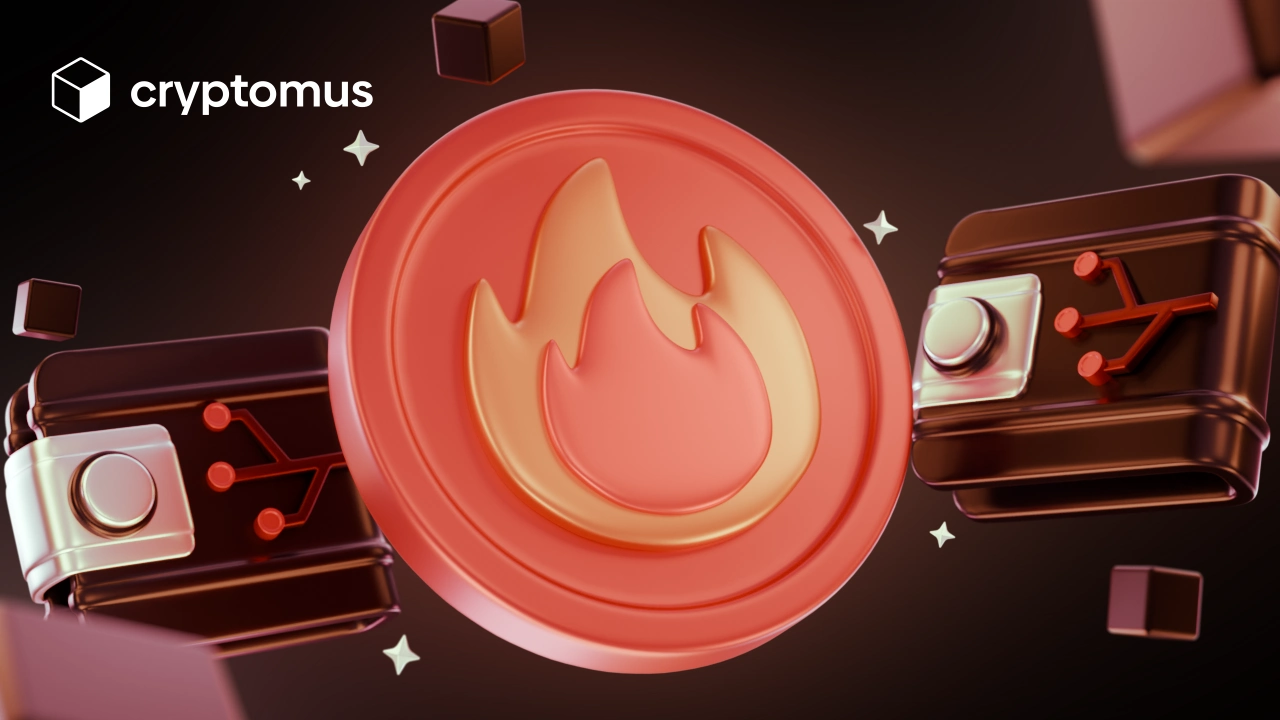
How To Set Up A Hot Wallet?
One of the main perks of hot wallets is the fact that the setup is generally straightforward. Different wallet providers offer various access methods. Some allow online access, while others require downloading a specific app or a piece of software. Here’s how to create a hot crypto wallet:
- Pick a Wallet Provide
- Create an Account
- Secure Your Wallet
- Fund Your Wallet
- Manage Your Funds
As for the wallet provider, you can easily create a fully-featured wallet on Cryptomus. Make sure to use all the safety features available: make up a strong, unique password, and enable 2FA if the platform allows it. Don’t forget to back up a recovery phrase and store it offline to prevent hacking risks.
Once the wallet is set up, you’ll be able to send and receive tokens by entering transaction details or sharing your wallet address.
Hot Wallet Risks
The main potential risk associated with a cryptocurrency hot wallet is its susceptibility to hacking and theft. As they are web-based, such wallets are vulnerable to cyberattacks. Hackers can try to steal your private keys and access your funds.
The other hot wallet risks include:
- Data Breaches: Web-based wallets are vulnerable to data breaches, potentially exposing sensitive information like private keys.
- Seed Phrase Exposure: Revealing your seed phrase or taking pictures of it grants complete control of your wallet to anyone who accesses it.
- Server Downtime: If the wallet provider experiences server issues, you might temporarily lose access to your funds.
- Malware: Hackers use malware to compromise devices and wallets.
To effectively manage these risks, a strong security focus is imperative. Choose reliable wallet providers, come up with unique passwords, activate 2FA, and watch out for suspicious links and emails. Also, ensure your device is always protected by updated antivirus software.
That was everything you needed to know about hot crypto wallets. As you can see, they should be your top choice for everyday transactions. And while the risks are involved, there are ways to deal with them.
We hope this article was helpful. Please send your experiences and questions below!
Rate the article
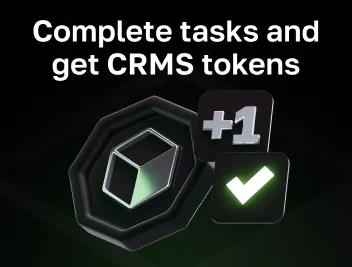
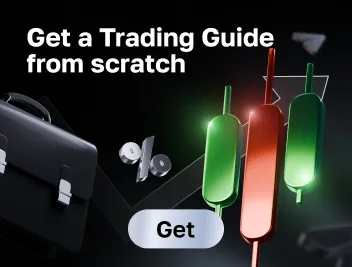
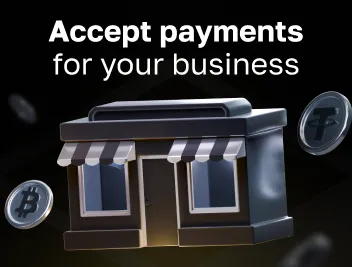
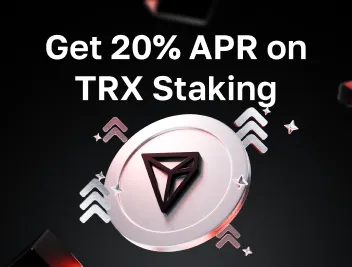




comments
0
You must be logged in to post a comment